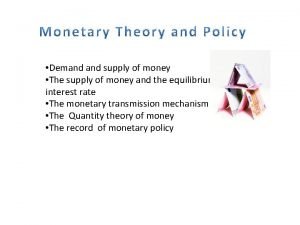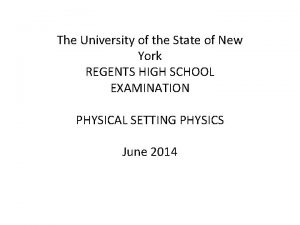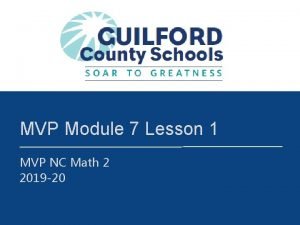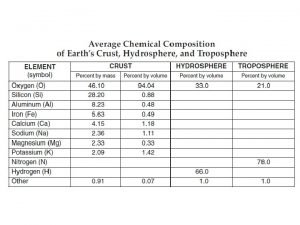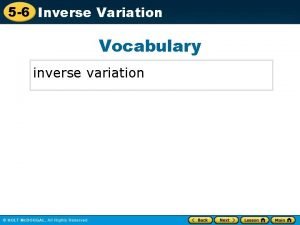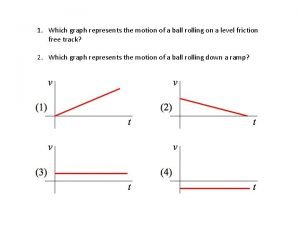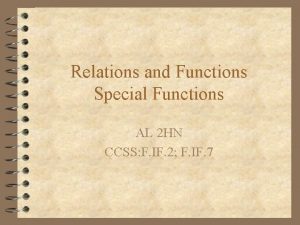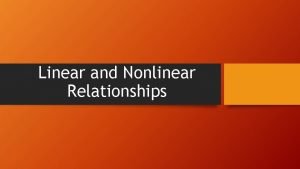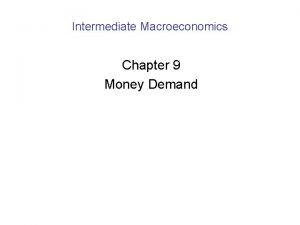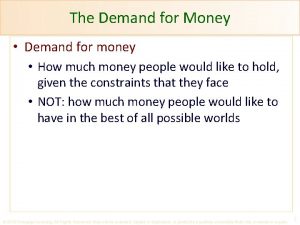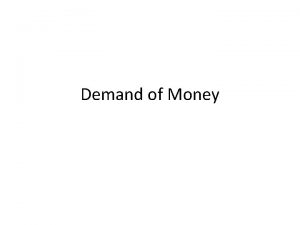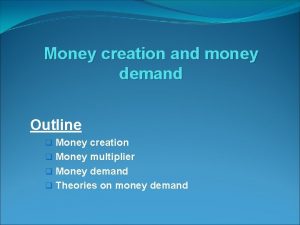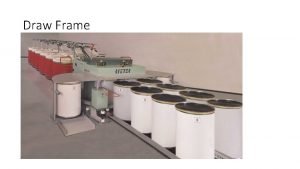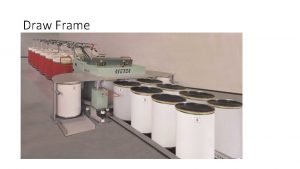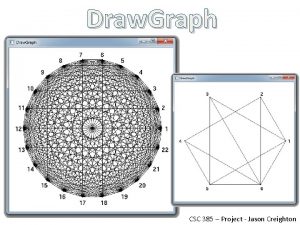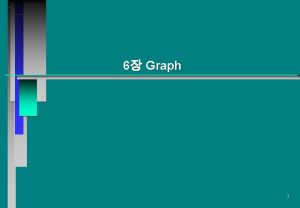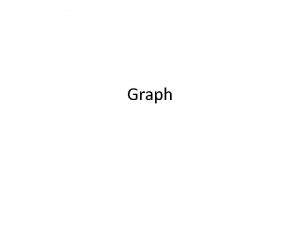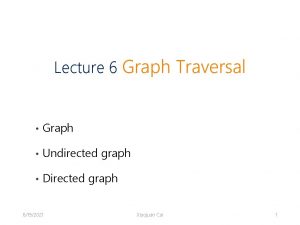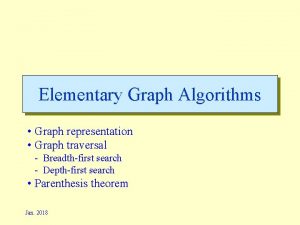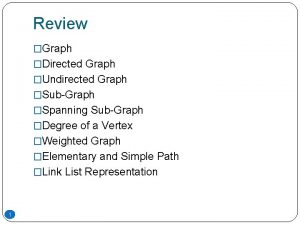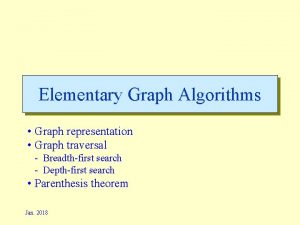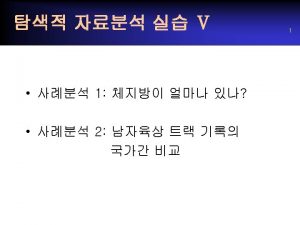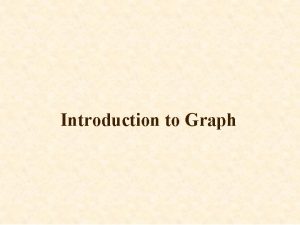Demand for Money Draw a graph that represents






















- Slides: 22

Demand for Money

Draw a graph that represents the relationship between the quantity of money demanded and the interest rate.

On the same graph show an increase in the interest rate from r 1 to r 2

On the same graph Show the result of aggregate real income decreasing

On the same graph Show the result of an increase in the aggregate price level.

START OVER Draw a graph that represents BOTH the demand supply of money.

On the same graph Show what happens when the FOMC engages in an open market purchase of Treasure bills.

• What happened to the equilibrium quantity of money? Increase • What happened to the equilibrium interest rate? . Decrease

On the same graph Show what happens when the FOMC engages in an open market sale of Treasure Bills.

• What happened to the equilibrium quantity of money? Decrease • What happened to the equilibrium interest rate? Increase

On the same graph Show when happens when aggregate price level increases

• What happened to the equilibrium quantity of money? Nothing • What happened to equilibrium interest rate? Increase

START OVER The economy of Narvaizville is in long run equilibrium. Draw an AS/AD graph representing this situation. Be sure to include SRAS, LRAS and AD. DO NOT draw demand for money graph!

Set this graph aside we will be using it again

START OVER The FOMC of Narvaizville decides to reduce interest rates through an open market operation. • Draw a graph of the money market showing the initial situation and then the effect of the FOMC’s monetary policy actions.

Go back to this graph Show what affect the FOMC’s monetary policy will have on the aggregate economy.

Show what affect of the FOMC’s monetary policy actions will have on the aggregate economy

Mark the new equilibrium point • What economic problem exists now? inflation • When there is inflation how will workers respond? Ask for a raise

On the same graph Since salaries are an input cost, show what effect this increase in input costs (aka salaries) will have on the graph below

Since salaries are the cost of an input, show what effect this increase in input costs (aka salaries) will have on the graph below Mark the new equilibrium point

People choose to hold money because a. It has little or no opportunity cost since money does not earn interest b. It facilitates making transactions. c. It yields a lower rate of return than nonmonetary assets d. Answers b and c are correct

People choose to hold money because a. It has little or no opportunity cost since money does not earn interest b. It facilitates making transactions. c. It yields a lower rate of return than nonmonetary assets d. Answers b and c are correct
 Money money money team
Money money money team Money supply curve
Money supply curve Phân độ lown
Phân độ lown Block av độ 2
Block av độ 2 Thơ thất ngôn tứ tuyệt đường luật
Thơ thất ngôn tứ tuyệt đường luật Thơ thất ngôn tứ tuyệt đường luật
Thơ thất ngôn tứ tuyệt đường luật Chiến lược kinh doanh quốc tế của walmart
Chiến lược kinh doanh quốc tế của walmart Tìm độ lớn thật của tam giác abc
Tìm độ lớn thật của tam giác abc Hãy nói thật ít để làm được nhiều
Hãy nói thật ít để làm được nhiều Tôn thất thuyết là ai
Tôn thất thuyết là ai Gây tê cơ vuông thắt lưng
Gây tê cơ vuông thắt lưng Sau thất bại ở hồ điển triệt
Sau thất bại ở hồ điển triệt A 25 gram paper cup falls from rest
A 25 gram paper cup falls from rest Which graph represents a direct variation?
Which graph represents a direct variation? Direct variation
Direct variation Which graph represents ?
Which graph represents ? Which graph correctly represents the three most abundant
Which graph correctly represents the three most abundant Which graph correctly represents the three most abundant
Which graph correctly represents the three most abundant Which graph represents an inverse variation?
Which graph represents an inverse variation? This graph shows a ball rolling from a to g
This graph shows a ball rolling from a to g Which graph represents a function with direct variation?
Which graph represents a function with direct variation? Linear and nonlinear relationships
Linear and nonlinear relationships The graph below represents the distance of a dog
The graph below represents the distance of a dog

